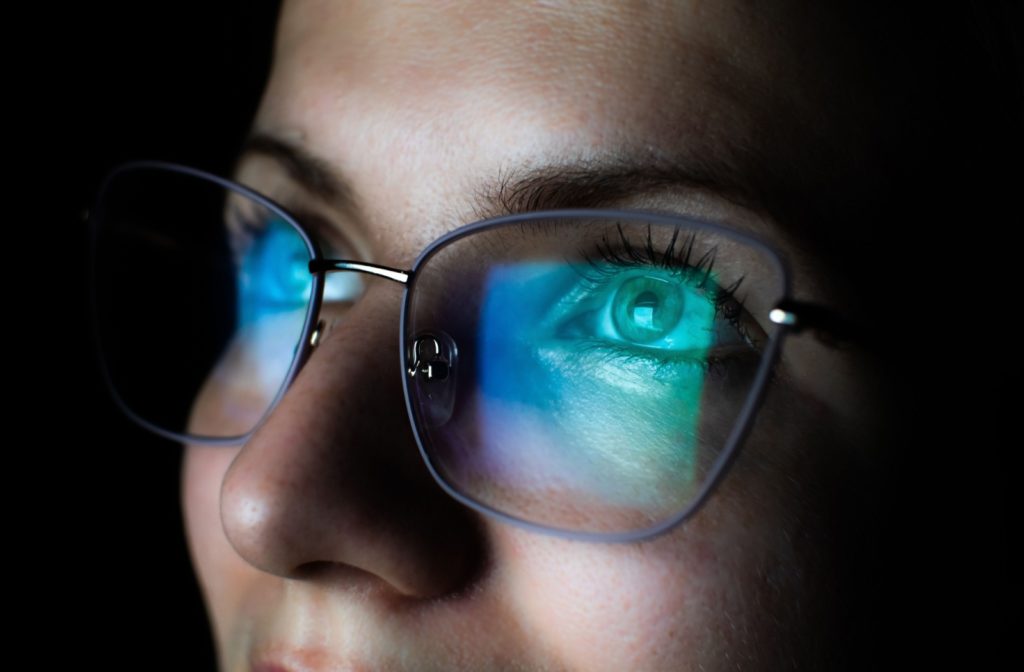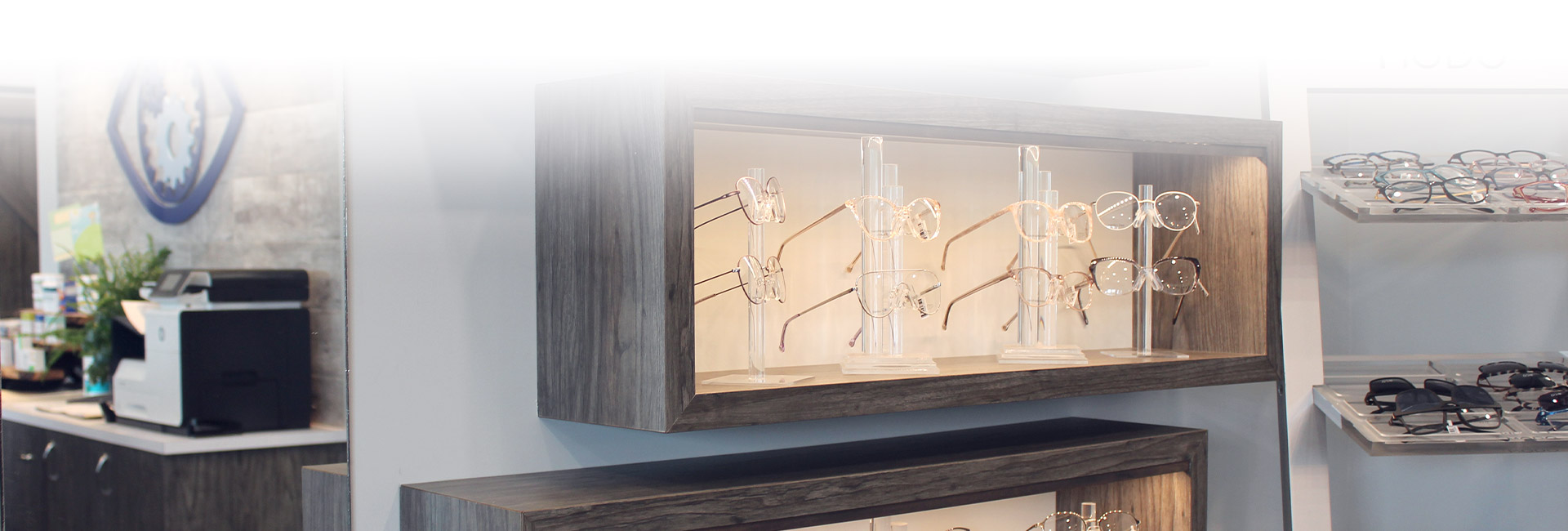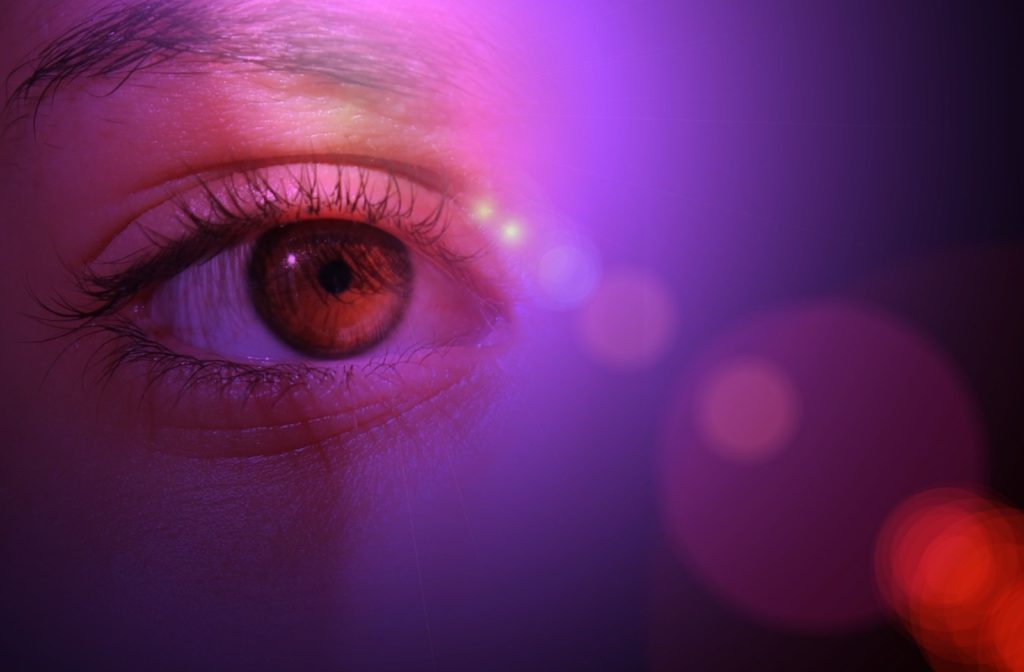LED lights are commonly used in household light bulbs, electronic devices, and even car headlights. They have become so popular due to their energy efficiency and long lifespan. However, there are some concerns about the potential negative effects of LED lights on our eyes.
Research on the impact of LED lights on eye health has provided mixed results. While LED lights are generally safe for everyday use, prolonged exposure to certain high-intensity blue light emitted by some LEDs can cause strain and discomfort for some individuals.
Such blue light can also disrupt sleep patterns by affecting the production of melatonin. However, using LED lights with appropriate brightness levels and limiting exposure to screens before bedtime can mitigate these effects.
Understanding LED Lights
LED stands for “light-emitting diodes.” LED’s work by converting electricity into light through a semiconductor material. This differs from traditional incandescent bulbs, which use a filament to produce light.
LED lights have been praised for their energy efficiency and longer life span compared to incandescent bulbs. They also come in a variety of colors and can be made to emit specific wavelengths (colors) of light.
Blue Light & Its Impact on Eye Health
Blue light is a type of high-energy visible (HEV) light that has been linked to potential negative effects on eye health. It is naturally present in sunlight, but it is also emitted by electronic devices such as smartphones, laptops, and LED lights.
Exposure to blue light at night can suppress the production of melatonin, the hormone that regulates our sleep-wake cycle. Lower melatonin levels can disrupt our natural circadian rhythm and make it difficult for us to fall asleep.
Research has shown that prolonged exposure to high levels of blue light can cause digital eye strain, also known as computer vision syndrome. Symptoms may include:
- Eye fatigue
- Headaches
- Dry eyes
- Blurred vision
Limiting Exposure to Blue Light
While it may not be possible to completely avoid exposure to blue light, we can take certain steps to limit how much blue light we are exposed to and reduce potential negative effects on our eye health.
- Use LED lights with appropriate brightness levels: When purchasing LED lights, look for those with adjustable brightness settings or color temperatures. This will allow you to choose a lower intensity or warmer tone of light, which can be less harsh on the eyes.
- Take breaks from screens: It’s important to take regular breaks from staring at screens, especially if you work in front of a computer for long periods of time. Follow the 20-20-20 rule – every 20 minutes, look at something 20 feet away for 20 seconds. A great way to implement this strategy is to look out a window at a far object.
- Use blue light filters on screens: Many devices now offer built-in blue light filters or “night mode” settings that can be activated to reduce the amount of blue light emitted from the screen.
- Wear blue light-blocking glasses: These specialized glasses have lenses that filter out a portion of blue light and can be worn while using electronic devices or even before bedtime to promote better sleep.
- Avoid using screens before bed: It’s best to avoid using electronic devices at least an hour before bedtime, as the blue light emitted from screens can suppress the production of melatonin.

Using Glasses With Blue Light Filtering Technology
Specialized glasses are available that help filter out blue light and reduce strain on the eyes. These glasses typically have lenses with a special coating or tint that blocks a portion of incoming blue light.
Blue light-filtering glasses can be worn while using electronic devices or even before bedtime to promote better sleep. Wearing them may be helpful in reducing eye fatigue and headaches caused by prolonged screen time.
However, it’s important to note that not all blue light-filtering glasses are equal. Make sure to do your research and talk to your eye doctor to choose a quality product.
Blue Light & Anti-Glare Glasses for Night Driving
For night driving, Hoya EnRoute lenses are a good option, as they not only filter out blue light, but also have anti-glare and contrast-enhancing properties. These lenses offer:
- Reduction of reflections and glare coming from traffic
- Improved brightness perception in low-light conditions
When choosing glasses, it’s important to consult with an eye care professional who can help you find an option that meets your needs.
Protecting Your Eye Health With Beyond 20/20 Optometry
While it may be nearly impossible to completely avoid blue light exposure in today’s technology-driven world, there are steps we can take to minimize the effects of blue light on our health. By employing the tips discussed above, such as adjusting device settings, taking regular breaks, and using blue light-filtering glasses or apps, we can help reduce strain on our eyes and promote better sleep.
Make a conscious effort to prioritize your eye health while using electronic devices. At Beyond 20/20 Optometry, we are committed to helping our patients maintain healthy eyes and vision, especially in this digital age. Schedule an eye exam with us today and let us help you find the right solutions for your specific visual needs.




